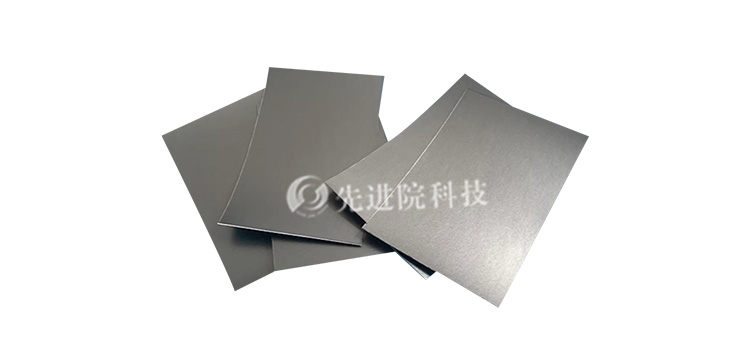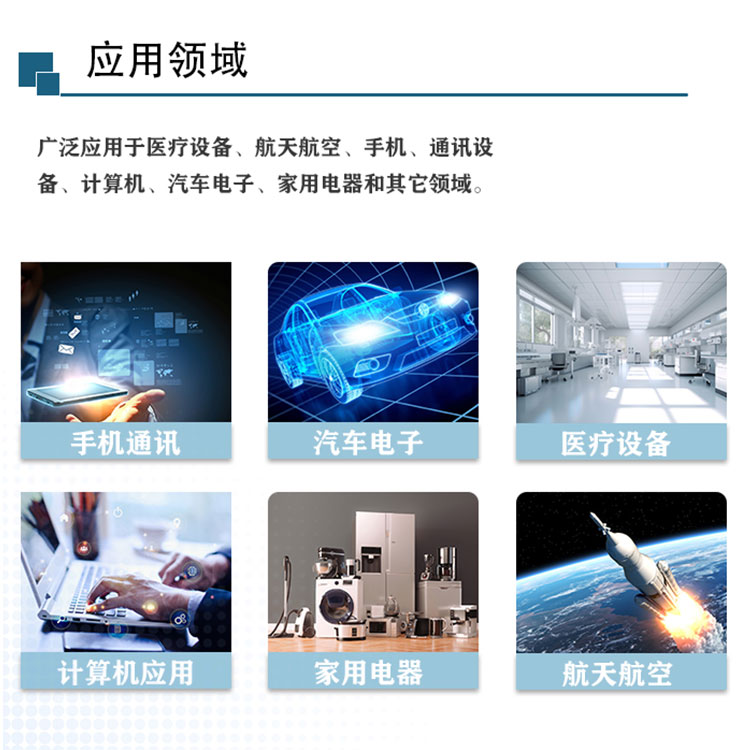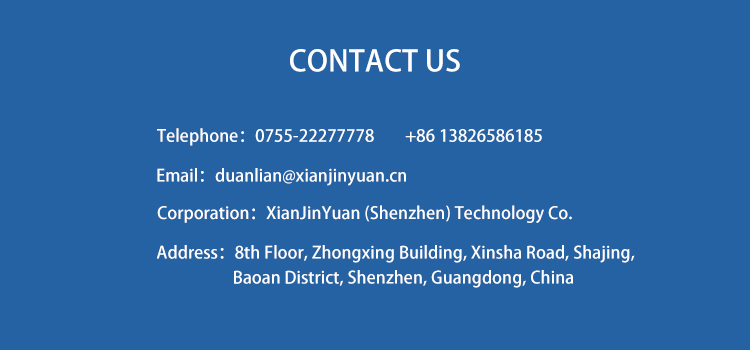Surface wave absorbing materials are a special type of material that can effectively absorb electromagnetic and acoustic energy, and are particularly suitable for high-frequency electromagnetic and acoustic fields such as radar technology, wireless communication, and acoustic isolation.
Definition and Characteristics
Surface wave absorbing materials can absorb incident waves and convert wave energy into other forms of energy by adjusting the electromagnetic parameters and structural design of the material, thereby achieving wave absorption. This type of material has the following significant characteristics:
- Efficient absorption: Surface wave absorbing materials can efficiently absorb electromagnetic and acoustic energy, reducing reflection and transmission.
- Lightweight and High Strength: It usually has a lighter weight and higher strength, making it easy to apply in various situations.
- Corrosion resistance: able to resist erosion from various corrosive environments and extend service life.
- Customizability: By adjusting the electromagnetic parameters and structural design of materials, it can meet the needs of different application scenarios.
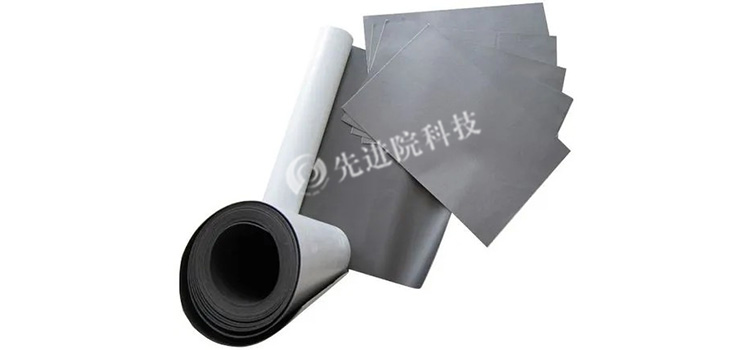
Working principle
The working principle of surface wave absorbing materials is mainly based on interference and absorption effects:
- Interference effect: When electromagnetic waves are incident on the surface of a material, a portion of the electromagnetic waves are reflected from the surface, while another portion passes through the material and is reflected by the bottom layer before being emitted through the material. If the phase of the wave reflected by the bottom layer is exactly opposite to that of the wave reflected by the surface, these two waves can interfere and weaken.
- Absorption effect: Electromagnetic waves entering the interior of materials can be rapidly attenuated, mainly due to the electrical or magnetic losses generated by electromagnetic waves in the material, which convert the electromagnetic properties of electromagnetic waves into other forms of energy and dissipate them.
Types and classifications
There are various types of surface wave absorbing materials, which can be classified into the following categories according to different classification standards:
-
Classified by material type:
- Magnetic materials, such as ferrite and carbonyl iron powder, have high magnetic permeability and dielectric constant, and can absorb electromagnetic waves through magnetic and dielectric losses.
- Carbon based materials, such as carbon nanotubes and graphene, have excellent conductivity and mechanical properties, making them suitable for applications that require high strength and conductivity.
- Polymer based composite materials: composed of absorbers and polymer matrix, which have the advantages of light weight and good processing performance.
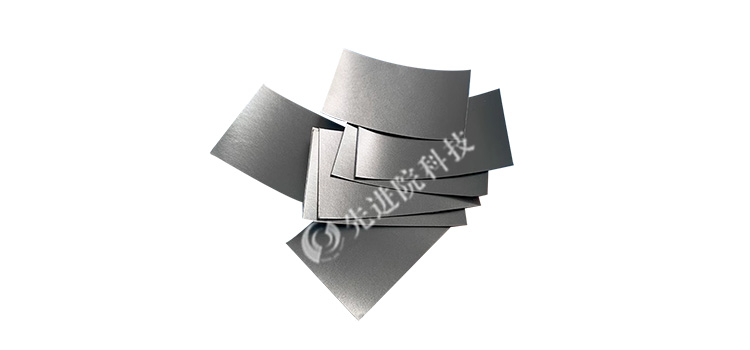
-
Classified by application field:
- Radar stealth materials: used for military radar stealth equipment, such as stealth fighter jets, stealth missiles, etc.
- Wireless communication materials: used to reduce electromagnetic interference of communication equipment and improve communication quality.
- Acoustic isolation material: used for acoustic isolation equipment, such as recording studios, soundproof rooms, etc.
Application examples
Surface wave absorbing materials have a wide range of application examples in multiple fields:
- In the military field, it is used to produce equipment such as stealth fighter jets and stealth missiles to improve combat effectiveness.
- Wireless communication: Used in wireless communication devices such as mobile phone base stations and radar stations to reduce electromagnetic interference and improve communication quality.
- In the field of architecture, the use of surface wave absorbing materials on the exterior walls and roofs of buildings can reduce the impact of electromagnetic waves on the interior of the building and improve the comfort of living and working.
- Medical field: The use of surface wave absorbing materials in medical equipment can reduce the interference of electromagnetic waves on medical devices, improve the accuracy and stability of medical equipment.
